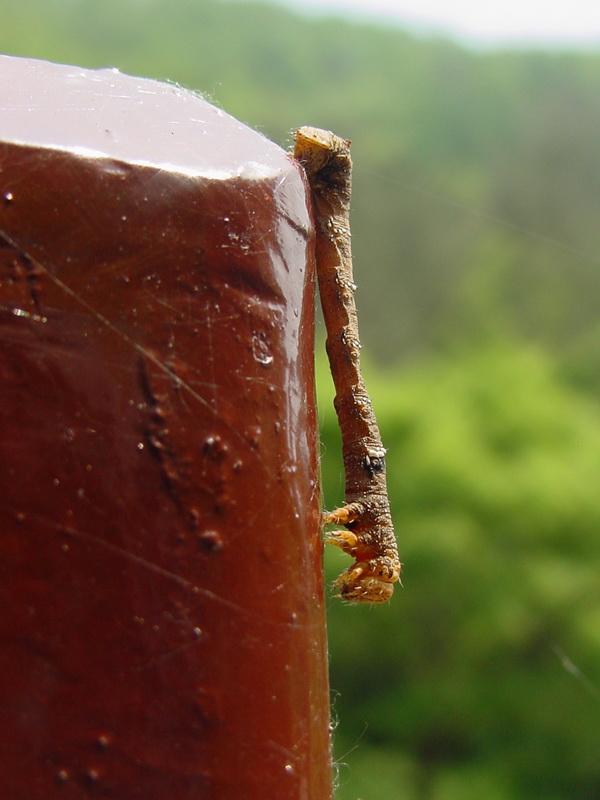|
| Query: Caterpillar | Result: 881st of 1696 | |
Caterpillar of a moth
| Subject: | Caterpillar of a moth
| | Poster: | Jinsuk Kim (kusnij@naver.com)
| |

| Resolution: 600x800
File Size: 123572 Bytes
Date: 2006:05:24 14:16:25
Camera: MAVICA (SONY)
F number: f/2.8
Exposure: 1/310 sec
Focal Length: 110/10
Upload Date: 2006:07:03 17:13:41
|
ERROR : Server Busy(-1105)
ERROR : Server Busy(-1105)
Caterpillar of a moth
South Korea |
^o^
Animal Pictures Archive for smart phones
^o^
|
|

